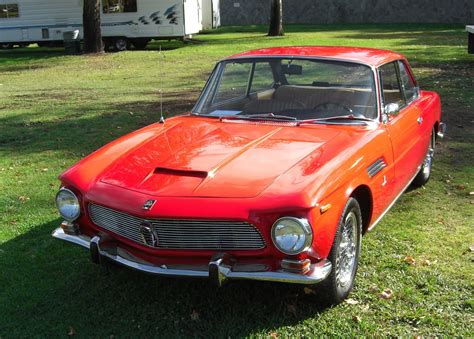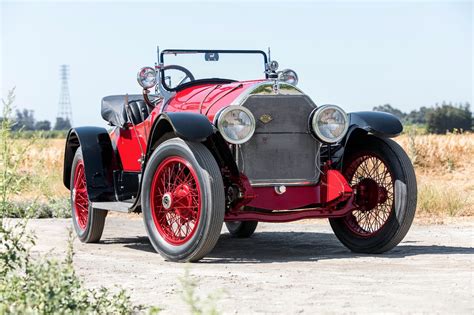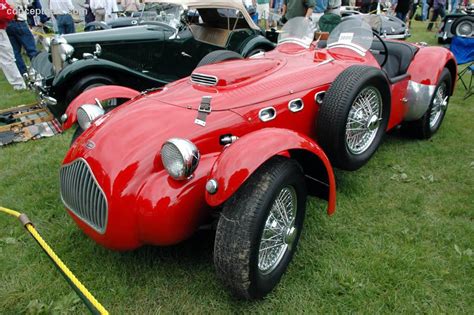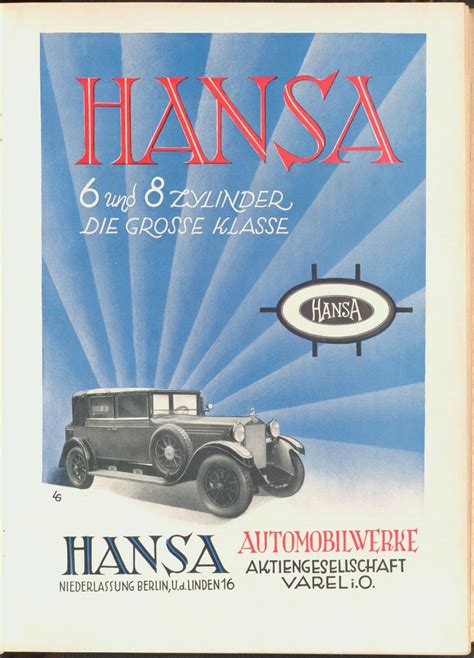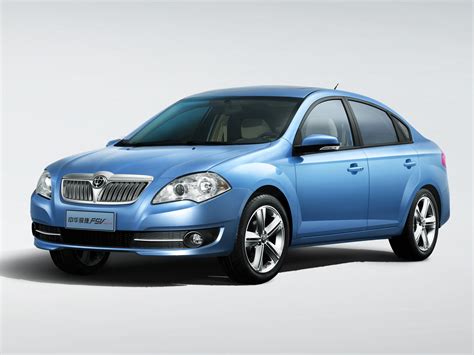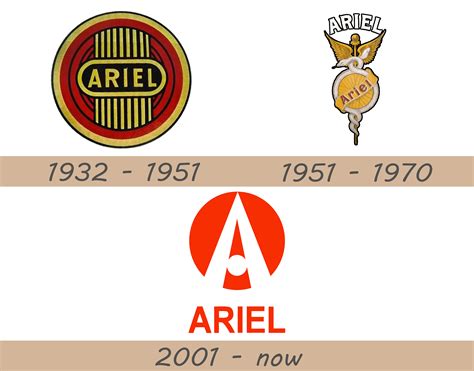Discover the early beginnings of Iso, the creation of the Iso Isetta, expansion into luxury car market, influence on modern car design, and the legacy of Iso Car Company.
Early Beginnings of Iso
Contents
Iso Car Company was founded in 1939 by Renzo Rivolta in Bresso, Italy. Initially, the company focused on manufacturing refrigeration units and motor scooters. However, in the post-World War II era, Iso transitioned into producing automobiles, marking the beginning of its prestigious legacy in the automotive industry.
Renzo Rivolta’s fascination with engineering and design led him to envision an innovative car that would cater to the needs of the post-war European market. In 1953, Iso debuted the Isetta, a small, economical car that would go on to become a symbol of the company’s groundbreaking approach to automobile manufacturing. This marked the first step in Iso’s journey towards solidifying its position as a pioneer in the automotive world.
Despite the challenging economic and political climate of the time, Renzo Rivolta’s determination and vision allowed Iso to establish itself as a formidable force in the automobile industry. The company’s early focus on creating unique and practical vehicles laid the foundation for its future success and prominence in the global automotive market.
Creation of the Iso Isetta
The creation of the Iso Isetta was a significant milestone in the history of the Iso Car Company. In the early 1950s, Renzo Rivolta, the founder of Iso, identified the need for a small and affordable vehicle to meet the transportation demands of post-war Italy. He aimed to create a car that could provide an economical and practical solution for urban mobility.
After extensive research and development, Iso unveiled the Isetta in 1953. The Isetta was a compact and innovative microcar that featured a distinctive bubble-like shape and a single front door. The unconventional design allowed for easy entry and exit in tight parking spaces, making it an ideal choice for urban commuters.
The creation of the Iso Isetta represented a departure from traditional automotive design, as it challenged the norms of what a car should look like and how it should function. The Isetta quickly gained popularity in Europe and became known as the bubble car due to its unique appearance.
The success of the Isetta firmly established Iso as a pioneer in the production of microcars and solidified the company’s reputation for innovative engineering and design. The creation of the Iso Isetta marked a turning point in the automotive industry, demonstrating that small, efficient vehicles could offer practical solutions for urban transportation needs.
Expansion into Luxury Car Market
In the late 1960s, Iso Car Company made a bold move to expand into the luxury car market. Up until that point, Iso had been known for its sporty and compact vehicles, such as the Isetta and the Rivolta. However, with the introduction of the Iso Fidia in 1967, the company set its sights on a new market segment.
The Fidia was positioned as a high-end luxury sedan, featuring a powerful V8 engine, plush interior, and advanced hydraulic self-leveling suspension. This marked a significant departure from the company’s previous offerings and served as a statement of intent to compete with established luxury car manufacturers.
Despite its exceptional performance and refined design, the Fidia faced stiff competition from the likes of Mercedes-Benz, BMW, and Jaguar. Iso’s reputation as a luxury car maker was not as firmly established as its competitors, and the Fidia struggled to gain traction in the market.
Despite the challenges, the Iso Fidia remains a rare and cherished example of the company’s foray into the luxury segment. Its bold design and advanced features continue to be admired by car enthusiasts and collectors worldwide, serving as a testament to Iso’s ambitious expansion into the luxury car market.
Influence on Modern Car Design
“`html
History of Iso Car Company
The Iso Car Company played a significant role in shaping the future of modern car designs. Their innovative approach and forward-thinking ideas have left a lasting impact on the automotive industry.
One of the key contributions of Iso to modern car design is the introduction of the Iso Isetta, a microcar that revolutionized urban transportation. The unique bubble shape and compact size of the Isetta inspired future car manufacturers to explore more efficient and space-saving designs.
Furthermore, Iso’s focus on aerodynamics and performance influenced the development of high-speed sports cars and luxury vehicles in the automotive market. The emphasis on sleek, streamlined body styles and powerful engines can be traced back to the innovative designs introduced by Iso.
Another aspect of Iso’s influence on modern car design is their use of cutting-edge materials and manufacturing techniques. The company’s commitment to using lightweight materials such as aluminum and fiberglass paved the way for the production of modern, fuel-efficient vehicles that prioritize performance and sustainability.
In conclusion, the legacy of Iso Car Company continues to resonate in the world of modern car design. Their visionary approach and groundbreaking innovations have set a benchmark for future generations of car enthusiasts and designers.
“`
Legacy of Iso Car Company
Legacy of Iso Car Company can be seen in the lasting impact it has had on the automotive industry. The innovative designs and engineering by Iso paved the way for future car manufacturers. The iconic Isetta, with its unique front-opening door, left a lasting impression on the automotive world.
The Iso brand continues to inspire modern car design with its emphasis on aerodynamics, lightweight materials, and compact yet comfortable interiors. The company’s dedication to quality and performance has set a standard that is still revered in the industry today.
The legacy of Iso Car Company can also be seen in the numerous awards and accolades received by its iconic models. The Iso Grifo, in particular, was lauded for its combination of Italian style and American power, setting a new standard for luxury sports cars.
Even though the company ceased production in the 1970s, the influence of Iso can still be felt in the world of automotive design and engineering. The company’s commitment to pushing the boundaries of technology and design continues to inspire car manufacturers today.
Overall, the legacy of Iso Car Company is one of innovation, creativity, and forward-thinking. The impact of Iso in the automotive industry will continue to be felt for generations to come.

